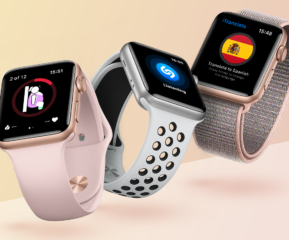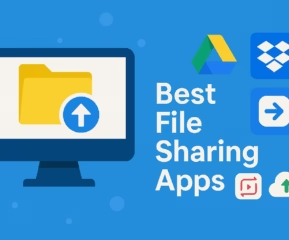Your smartphone keyboard gets more use than almost any other app on your Android device. Whether you’re firing off quick texts, writing lengthy emails, or updating your social media, the keyboard you choose shapes every interaction. Yet most people stick with whatever came pre-installed on their phone, missing out on keyboards that could make typing faster, more accurate, and genuinely enjoyable.
The stock keyboard on your Android phone handles basic typing, but that’s about it. Third-party keyboards bring features that can genuinely change how you use your phone—smarter predictions that actually understand context, seamless language switching for bilingual users, themes that don’t look like they’re from 2015, and privacy controls that keep your data where it belongs.
10 Best Android Keyboard Apps in 2025
After testing dozens of keyboards and analyzing user feedback across forums, app stores, and tech communities, I’ve narrowed down the field to the 10 keyboards that deliver real value in 2025. Some excel at speed, others at privacy, and a few manage to be genuinely innovative without sacrificing usability.
1. Gboard – The Google Keyboard

Gboard dominates the Android keyboard space for solid reasons. It’s not just about Google branding—this keyboard genuinely delivers features that work seamlessly together without feeling bloated or slow.
What Makes It Stand Out:
- Search Without Switching Apps: Press the Google logo and search anything—restaurants, weather, flight times—then share results directly in your conversation
- Voice Typing That Actually Works: Google’s speech recognition handles accents, background noise, and technical terms better than most alternatives
- Glide Typing Perfected: The swipe-to-type implementation feels natural and catches words other keyboards miss
- Real Multilingual Support: Switch between languages mid-sentence, and it predicts correctly in both
- Built-in Translation: Translate text in real-time during conversations—incredibly useful for international messaging
- GIF Integration: Search and send GIFs without leaving your messaging app
The Reality Check: Gboard learns from your typing across all apps, making predictions scary-accurate over time. The one-handed mode actually works on larger phones, and the floating keyboard option saves you from thumb gymnastics. However, all this convenience comes with Google knowing quite a bit about your typing habits.
Perfect For: Anyone who wants maximum functionality without jumping between apps, Google ecosystem users, and people who frequently communicate in multiple languages.
2. Microsoft SwiftKey
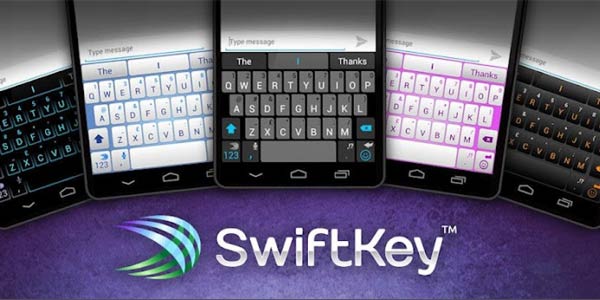
SwiftKey earned its reputation by being genuinely smart about predictions before “AI” became a marketing buzzword. Microsoft’s ownership has only improved its learning capabilities and cross-device syncing.
What Sets It Apart:
- Contextual Intelligence: It doesn’t just predict the next word—it understands the flow of your sentences and suggests phrases that match your writing style
- True Multilingual Flow: Type in English and Spanish in the same sentence without manual language switching
- Cloud Learning: Your personalized dictionary follows you across all devices automatically
- Backup That Actually Matters: Lose your phone? Your typing patterns, shortcuts, and learned words restore instantly
- Professional Polish: Themes look sophisticated rather than cartoony
- Clipboard History: Copy multiple items and access them later—genuinely useful for research or shopping
The User Experience: SwiftKey adapts to how you actually write, not how keyboards think you should write. It catches your specific phrases, remembers names of people and places important to you, and suggests completions that sound like something you’d actually say. The learning curve is minimal, but the payoff grows over weeks of use.
Perfect For: People who write a lot on their phones, bilingual communicators, and anyone who switches between multiple Android devices regularly.
3. Fleksy
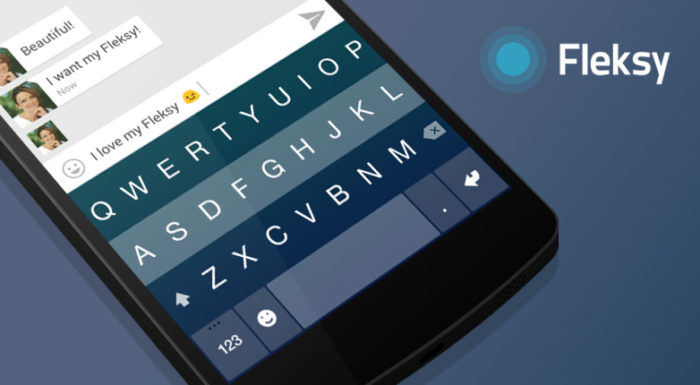
Fleksy holds actual Guinness World Records for mobile typing speed, and using it makes those records feel achievable. This isn’t just marketing—the keyboard design prioritizes efficiency over flashy features.
Speed-Focused Features:
- Gesture Commands That Make Sense: Swipe left to delete whole words, right to add spaces, up for punctuation—muscle memory develops quickly
- Extensions for Power Users: Add calculators, number pads, or quick actions without leaving your keyboard
- Invisible Typing: The prediction engine is so good that you can type accurately without looking at the screen
- Customizable Shortcuts: Set up text expansions for addresses, email signatures, or frequently used phrases
- Chameleon Themes: The keyboard changes appearance based on which app you’re using
- Offline Everything: Full functionality without an internet connection
Real-World Performance: After a few days with Fleksy, other keyboards feel sluggish. The gesture system becomes second nature, and the prediction accuracy means fewer corrections. It’s particularly excellent for one-handed typing on larger phones.
Perfect For: Fast typists, people who text while multitasking, and users who prefer efficiency over extensive customization options.
4. HeliBoard

HeliBoard proves you don’t need to choose between modern keyboard features and data privacy. Built by privacy advocates who were frustrated with the surveillance state of most keyboards, it operates entirely offline while matching the functionality of data-hungry alternatives.
Privacy-First Features:
- Zero Data Collection: Nothing you type ever leaves your device
- Open Source Transparency: Anyone can audit the code to verify privacy claims
- No Network Permissions: Literally cannot send data anywhere, even if it wanted to
- Local Machine Learning: Predictions improve based on your typing without cloud processing
- Custom Dictionaries: Add technical terms, names, or slang without syncing to external servers
- Gesture Typing: Smooth swipe functionality that works entirely offline
The Trade-offs: HeliBoard won’t sync between devices or offer cloud-powered features like translation. But for users who prioritize privacy, these limitations are features, not bugs. The keyboard feels responsive and modern despite its offline-only approach.
Perfect For: Privacy advocates, security-conscious professionals, people in regions with internet restrictions, and anyone uncomfortable with keyboard data collection.
5. Chrooma Keyboard
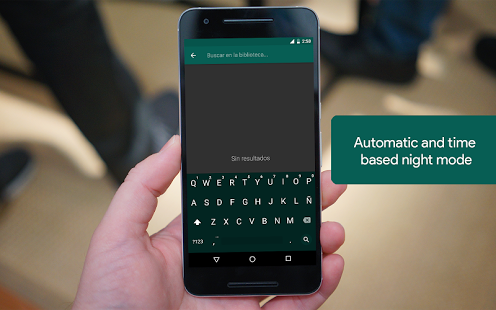
Chrooma transforms your keyboard from a boring input tool into a visual extension of your phone’s personality. The customization options go far beyond changing colors—this keyboard adapts its entire appearance based on context.
Visual Excellence:
- Adaptive RGB Themes: Keyboard colors automatically match whatever app you’re using
- Dynamic Lighting Effects: Subtle animations that respond to your typing rhythm
- Night Mode Intelligence: Automatically switches to dark themes in low-light conditions
- Gesture Shortcuts: Customize swipe patterns to trigger specific actions
- App-Specific Appearances: Different keyboard layouts and colors for messaging, email, and social media
- Material Design Plus: Takes Android’s design language and pushes it further
Practical Benefits: Beyond looking impressive, Chrooma’s adaptive design reduces eye strain and makes the keyboard easier to see in different lighting conditions. The customization options are extensive but not overwhelming. Defaults look good, but power users can tweak everything.
Perfect For: Visual customization enthusiasts, people who use their phones in varying lighting conditions, and users who want their keyboard to reflect their personal style.
6. Grammarly Keyboard
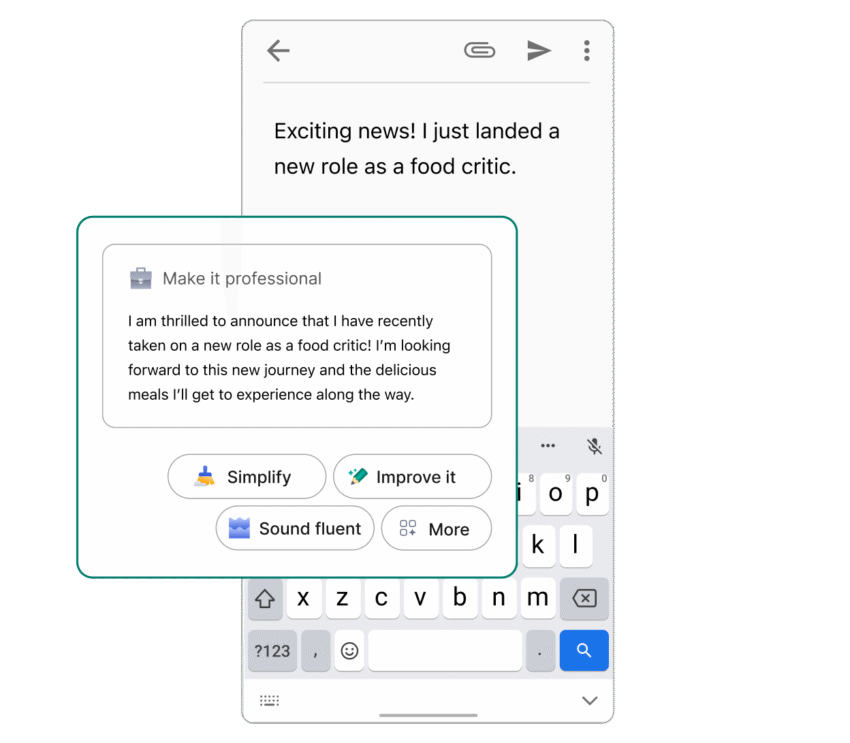
Grammarly brings desktop-level writing assistance to mobile typing. While other keyboards focus on speed or customization, Grammarly prioritizes making your writing clearer, more professional, and error-free.
Writing Enhancement Tools:
- Context-Aware Corrections: Understands the difference between casual texting and professional emails
- Tone Detection: Suggests adjustments when your message might sound harsh or unclear
- Advanced Grammar Check: Catches subtle errors that spell-check misses
- Vocabulary Enhancement: Suggests stronger, more precise word choices
- Consistency Monitoring: Maintains consistent style within longer documents
- Professional Templates: Quick access to business email structures and formal language
Real-World Impact: Grammarly Keyboard transforms phones into serious writing tools. Email responses sound more professional, social media posts are clearer, and even casual messages benefit from better word choices. The suggestions are contextually appropriate—it won’t over-formalize a text to friends.
Perfect For: Business professionals, students, freelance writers, and anyone whose mobile writing represents them professionally.
7. Typewise Keyboard
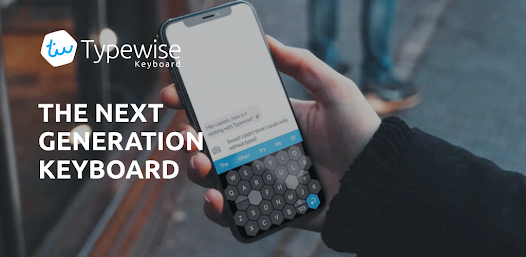
Typewise tackles the fundamental problem with touchscreen keyboards. They’re designed like physical keyboards but used completely differently. Their hexagonal layout scientifically reduces typing errors while maintaining reasonable learning curves.
Accuracy-Focused Design:
- Hexagonal Key Layout: Larger key targets with optimized spacing based on finger movement studies
- 70% Error Reduction: Independently verified improvement in typing accuracy
- Smart Autocorrect: Understands context better than traditional correction systems
- Gesture Navigation: Edit text with swipes rather than precise cursor placement
- One-Handed Optimization: Layout works better for thumb typing than traditional designs
- Privacy-Focused: All processing happens on-device
Learning Curve Reality: Typewise requires adjustment. Expect slower typing for the first few days. However, users report that after a week, they’re not only faster than before but significantly more accurate. The investment in learning pays off for heavy mobile typists.
Perfect For: People frustrated with touchscreen typing accuracy, heavy mobile writers, and users willing to invest time learning for long-term benefits.
8. AnySoftKeyboard

AnySoftKeyboard proves that community-developed software can compete with corporate keyboards. With extensive language support and complete customization freedom, it serves niche needs that mainstream keyboards ignore.
Community-Driven Features:
- Massive Language Support: Community-contributed language packs for virtually every language
- Complete Customization: Modify layouts, key sizes, colors, and behaviors extensively
- Extension Ecosystem: Add-ons developed by users for specific needs
- Zero Corporate Oversight: No data collection, advertising, or corporate priorities influencing development
- Historical Reliability: Years of stable development with consistent updates
- Advanced Power User Options: Features that mainstream keyboards consider too complex
The Community Advantage: AnySoftKeyboard benefits from diverse contributors worldwide. Language packs are maintained by native speakers, themes reflect various cultural preferences, and features address real user requests rather than corporate metrics.
Perfect For: Open source enthusiasts, users of less common languages, people who need extensive customization, and those who prefer community-developed software.
9. Simple Keyboard

Simple Keyboard embraces the philosophy that keyboards should be invisible tools rather than feature showcases. It provides essential functionality without distractions, data collection, or resource consumption.
Minimalist Excellence:
- No Permissions Required: Operates without accessing any device data or internet
- Tiny Resource Footprint: Minimal impact on battery life and storage
- Distraction-Free Interface: Clean design that focuses attention on content, not keyboard
- Instant Response: No lag or delay in any interaction
- Open Source Simplicity: Code is straightforward and auditable
- Reliable Performance: Consistent behavior across different Android versions
Who This Serves: Simple Keyboard appeals to users frustrated with keyboard bloat. It’s particularly valuable on older devices where resource usage matters, and for people who find modern keyboards overwhelming or distracting.
Perfect For: Minimalists, users with older Android devices, privacy purists, and anyone who prioritizes simplicity over features.
10. TouchPal Keyboard
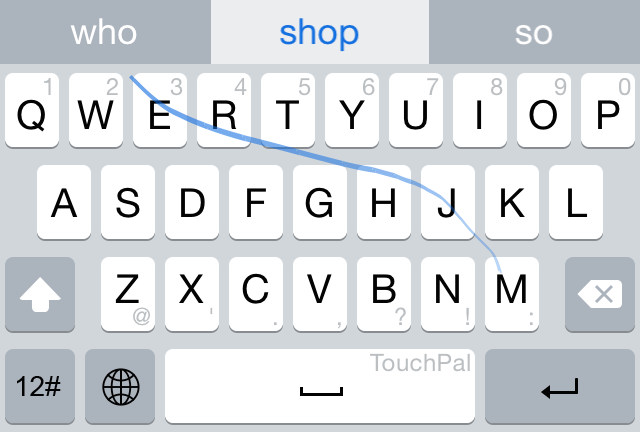
TouchPal transforms your keyboard into a social media command center. While other keyboards add features around typing, TouchPal builds features around modern communication patterns.
Social-First Features:
- Integrated Sticker Search: Access thousands of stickers and GIFs without leaving conversations
- Social Emoji Predictions: Suggests emoji combinations based on current social media trends
- Animated Themes: Dynamic themes that change throughout the day or based on usage patterns
- Voice Message Integration: Record and send voice messages directly from the keyboard
- Social Shortcuts: Quick access to social media posting features
- Cultural Relevance: Stickers and themes updated to match current events and memes
Modern Communication Focus: TouchPal recognizes that mobile typing isn’t just about words. It’s about expressing personality through GIFs, stickers, and emojis. The keyboard excels at making visual communication as easy as text.
Perfect For: Heavy social media users, people who frequently share visual content in messages, and users who want their keyboard to feel connected to current internet culture.
Making the Right Choice
Selecting your ideal Android keyboard depends on understanding your actual usage patterns, not just feature lists.
Consider Your Priorities:
If you value speed above all else, Fleksy’s gesture system and accuracy optimizations deliver measurable improvements. The learning curve pays off quickly for frequent texters.
For privacy concerns, HeliBoard and Simple Keyboard operate without data collection while maintaining modern functionality. You’ll sacrifice some convenience features but gain complete control over your information.
When professional communication matters, Grammarly Keyboard transforms your phone into a serious writing tool. Business users see immediate improvements in email quality and professional messaging.
Heavy customizers should explore Chrooma for visual personalization or AnySoftKeyboard for functional modifications. Both allow extensive tweaking without compromising core performance.
Multilingual users benefit most from SwiftKey or Gboard, which handle language switching naturally rather than treating it as an afterthought.
Integration preferences matter too. Gboard works seamlessly with Google services but shares data with Google. TouchPal excels with social media, but may feel overwhelming for basic communication.
Real-World Testing Approach
Don’t rely solely on feature lists or reviews. Install 2-3 keyboards that appeal to you and use each for at least a week. Your typing muscle memory needs time to adjust, and keyboards that feel awkward initially often become preferred choices after adaptation.
Pay attention to:
- How quickly predictions improve as the keyboard learns your patterns
- Whether the features you thought you wanted actually get used daily
- How the keyboard performs during your heaviest usage periods
- Whether customization options enhance or distract from actual typing
The Bottom Line
The Android keyboard landscape in 2025 offers genuine choice rather than superficial differences. Whether you prioritize speed, privacy, customization, or integration, excellent options exist that can meaningfully improve your mobile communication experience.
Most users will find that Gboard or SwiftKey provides the best balance of features and reliability. Privacy-conscious users should default to HeliBoard unless they need specific features only available elsewhere. Speed-focused typists should invest time learning Fleksy’s gesture system.
The perfect keyboard isn’t about having the most features. It’s about having the right features implemented well. Take time to find the keyboard that disappears into your workflow rather than demanding attention, and your daily phone interactions will become noticeably more efficient and enjoyable.
- What Synthetic Media Is and How It’s Transforming Digital Content? - November 4, 2025
- What is a Personal Digital Assistant? - September 6, 2025
- What is a Digital Audio Workstation? - September 3, 2025

